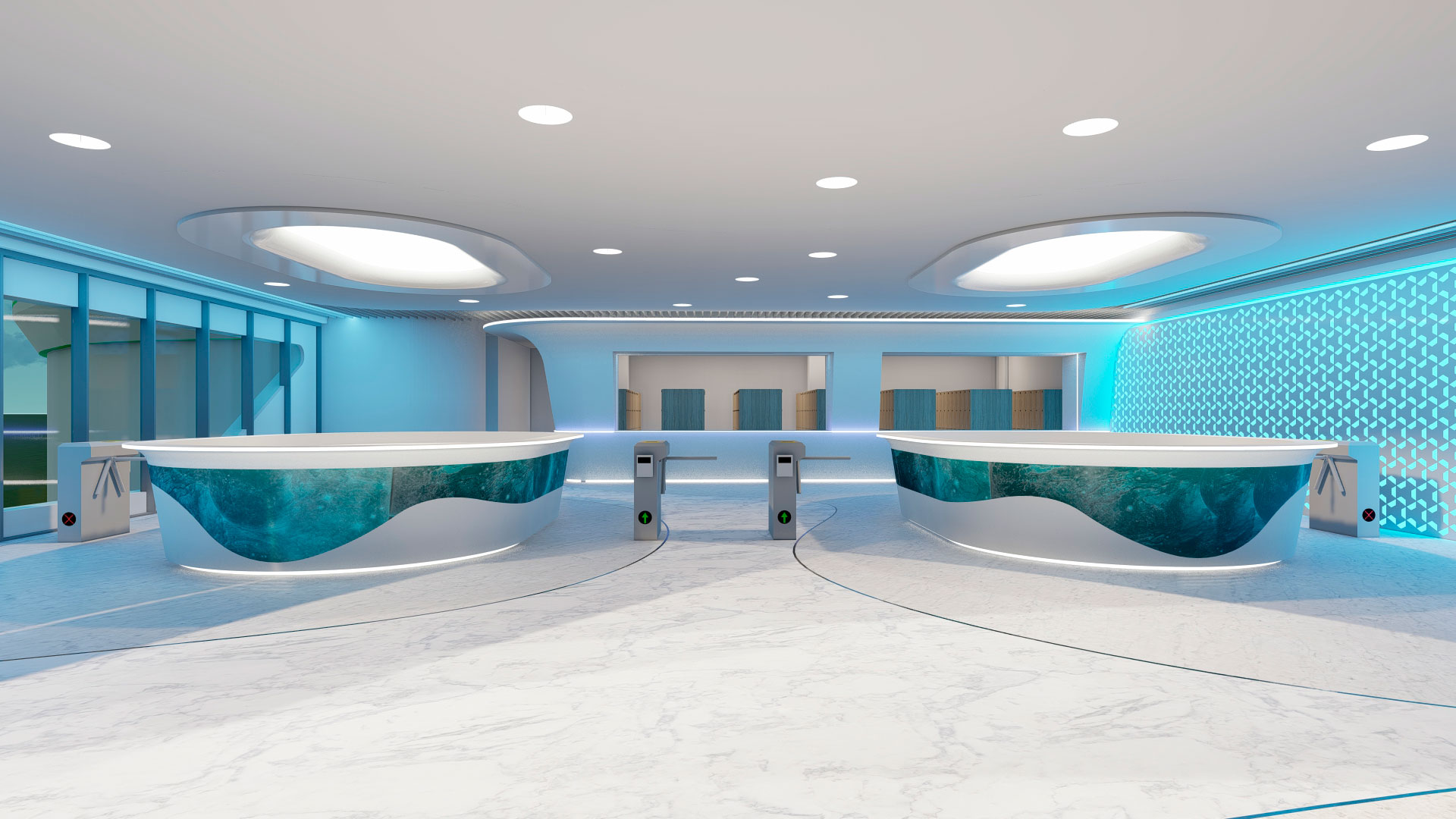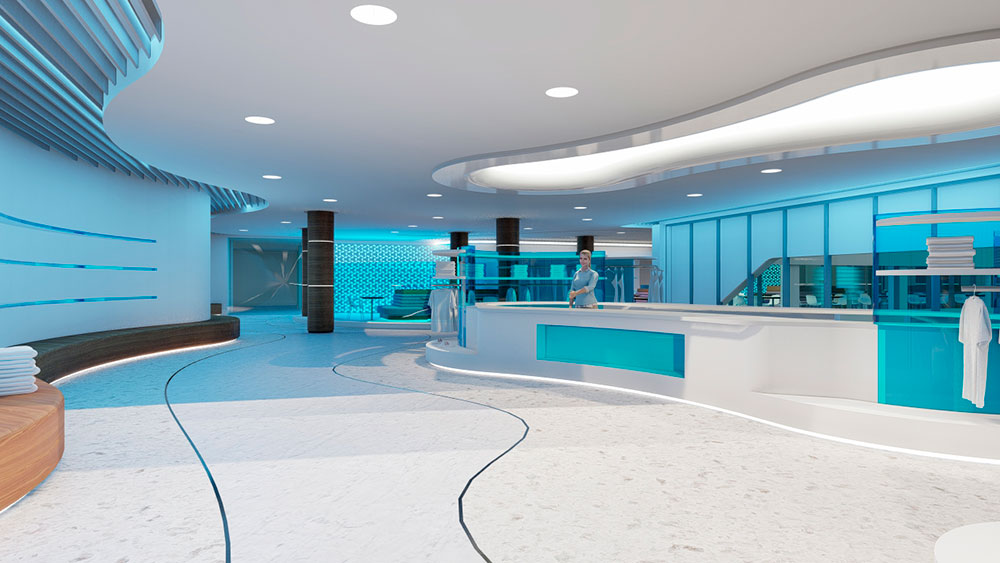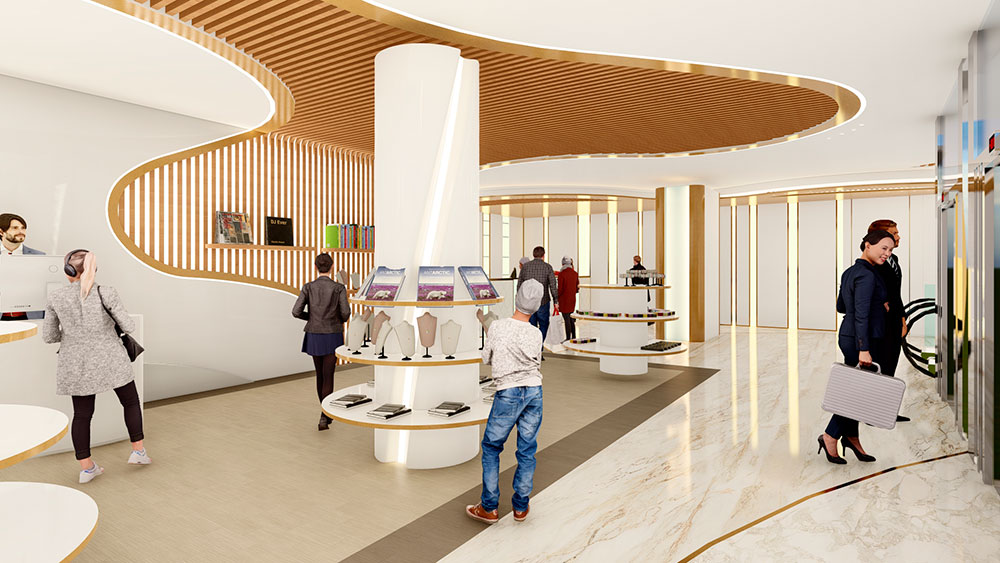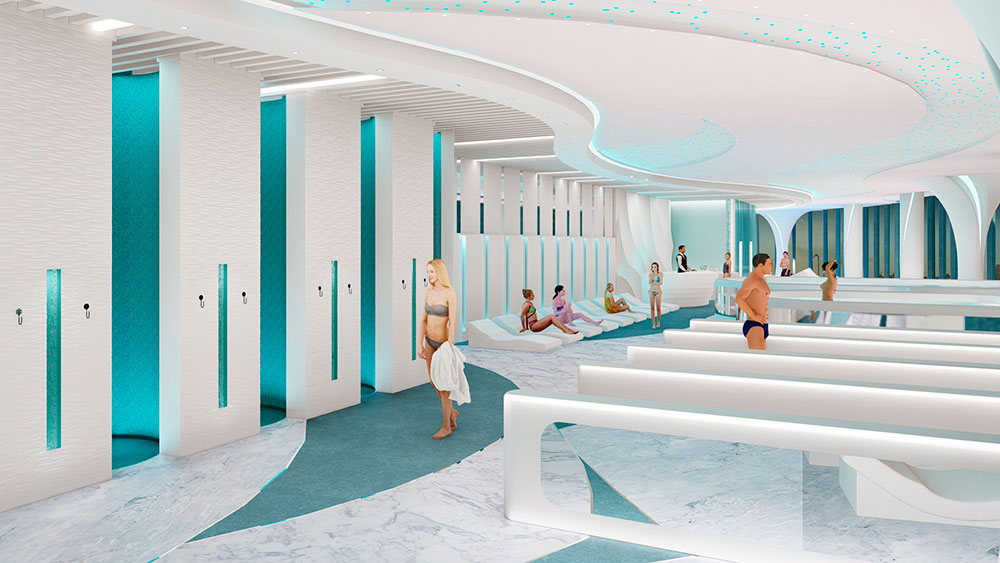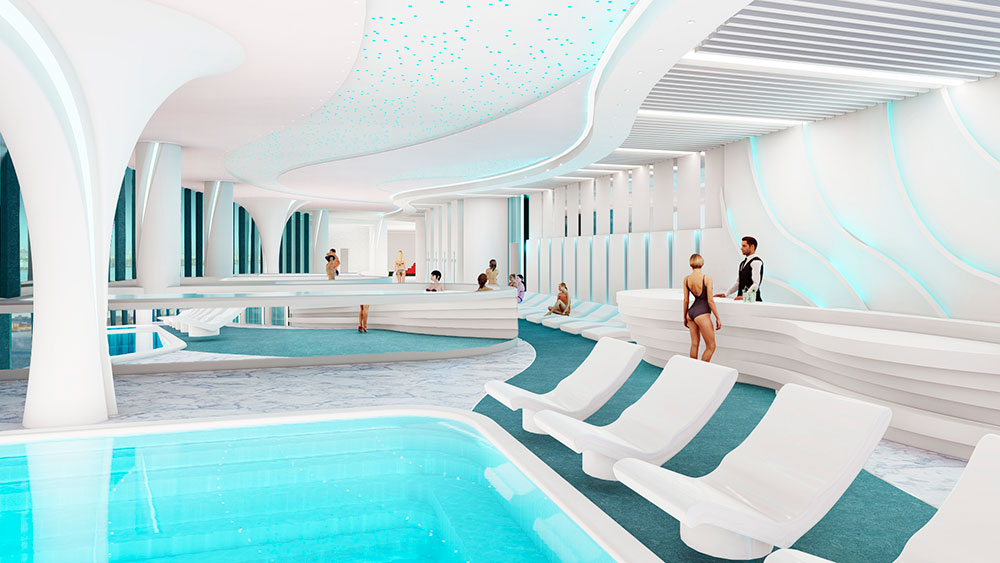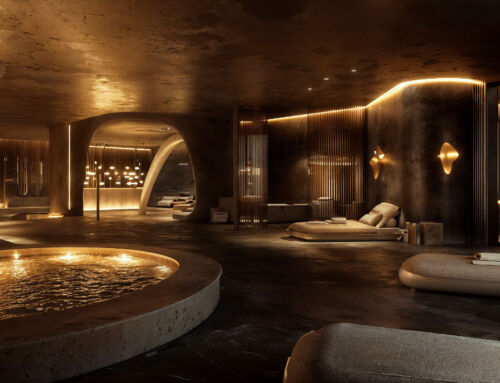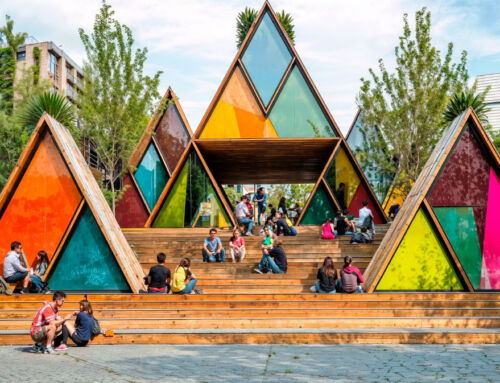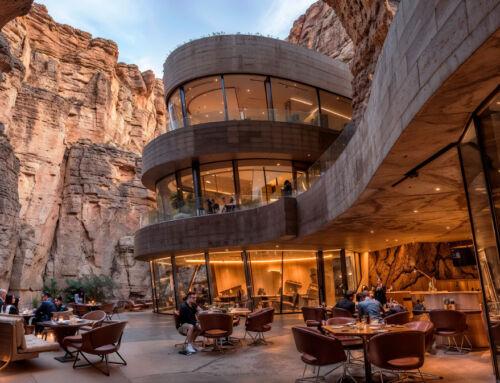The interior design of a building involves its dimensions, in other words, its form and outward appearance, but also its function and the interaction it will have with the user. Trends in interior design have implications for both form and function. We want to give an account here of the latest trends in interior design, an issue we are always aware of at Amusement Logic because of the work we do in design, architecture and construction. It is difficult to say what moves design in one direction or the other, whether it is form first, followed by function, or function, followed by form. In any case, we have found that this evolution occurs in both aspects of interior design practice.
Let’s start with the function of the interiors of a building or facility. Recent social developments have brought changes in the use of architectural constructions, or in other words, in the function they fulfil for the users. These changes point towards the mixed function of spaces, which are now multi-purpose, shared and, in a general and figurative sense, fluid. In fact, the disuse of single function buildings is increasing due to factors related to new working relationships and teleworking, as well as to efficiency requirements, or even simply to changes in the tastes of users and/or buyers and/or developers. These new interior designs leave aside the discrimination of space by function, even its formal separation with immovable physical barriers, in such a way that they optimise it and allow a greater number of hours of use.
This multifunctionality, this polyvalence of a building’s interior spaces also requires changes in its material aspect, in those dimensions we referred to earlier. The result is literally more open spaces, less compartmentalised, more diaphanous. As we will see in the examples below, the interior spaces proclaim this fluidity of functions in a material way.
One of the first examples of this type of interior design is the Roca London Gallery, designed by Zaha Hadid Architects, which was ahead of the trend in 2009. In this project, the firm’s architects created “a multi-purpose and versatile environment”, a space in which “a wide range of social and cultural events take place, including exhibitions, meetings, presentations, debates and receptions”.
The next example we would like to bring you is LC Architects’ interior design of the BEAT headquarters, a mobile taxi app operator, in the centre of Athens. In this case, as the architects told Architizer, “the challenge was to create a flexible, yet future-proof building capable of responding to contemporary workflow patterns and the variable size of team-based offices”. The result is an interior design that “draws inspiration from the company’s constant movement, speed and agile philosophy, with fluid and open spaces“.
The third and final example, of many that can already be found around the world, is Kris Lin International Design’s interior designs for a retail space in the city of Hefei, capital of the Anhui province of the People’s Republic of China. Also published in Architizer, the designers differentiate between the “functional flow” and the “visual flow” of the project. Both space and function become two fluids. On the one hand, this design “applies the feeling of waves and fluctuations of water” to the interior space, which offers a “flexible, smooth and changing” result. On the other, it creates “a streamlined space with a strong sense of rhythm and beauty”.
Sources: Architizer The BEAT, Architizer Fluid Space, Zaha Hadid Roca London Gallery, ArchDaily.
Images: Amusement Logic projects.


